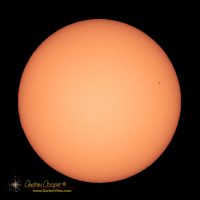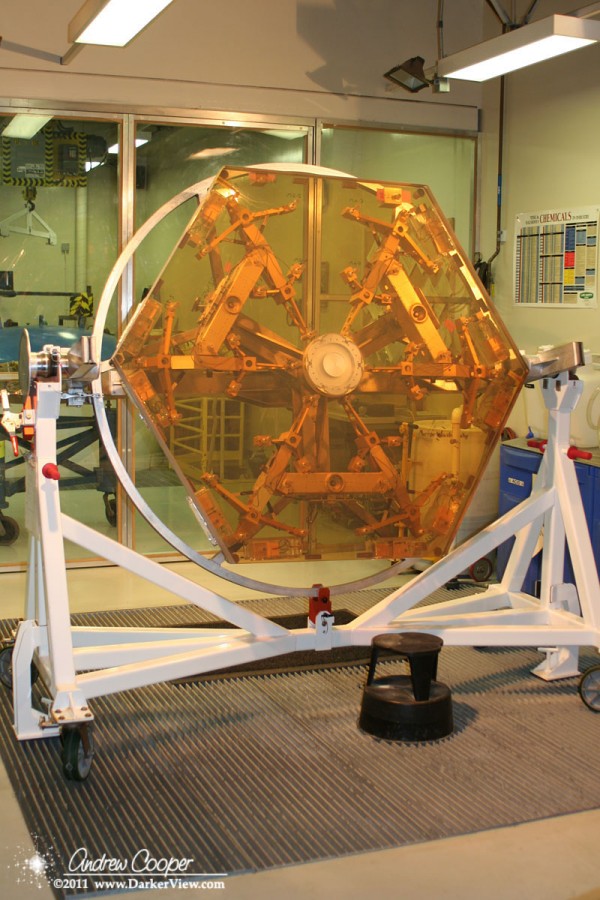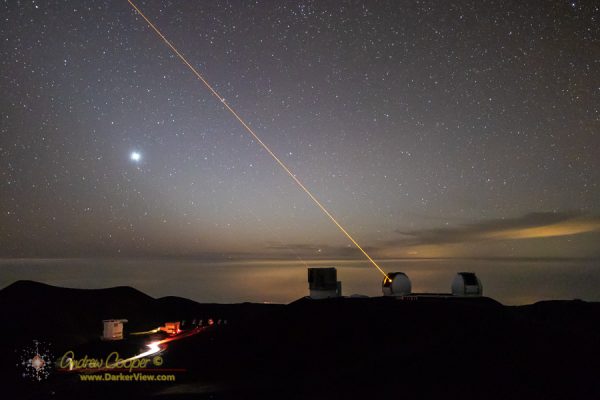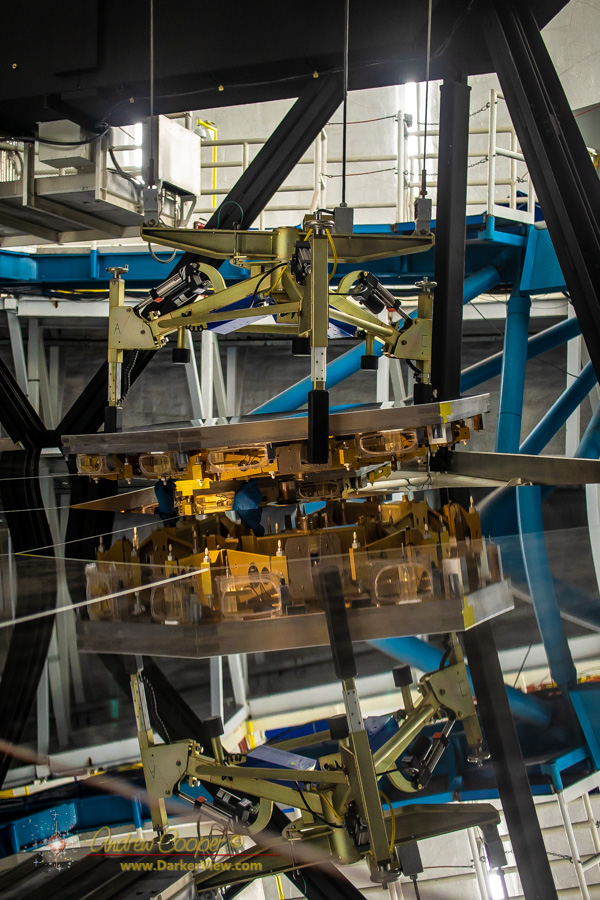
Tag: Keck Observatory
Mercury Transit 2019
It was a clear predawn sky that greeted Waimea this morning, perfect to watch the transit of Mercury across the Sun.
An alarm set for o-dark-thirty and a drive to Waimea with the first glow of dawn behind the mauna. I did not have to pack a ‘scope as I would be using an observatory outreach telescope, just make sure I have camera gear ready.
Realistically I was expecting only a few folks in addition to the club members I knew were coming. A light crowd maybe? Thus I was rather surprised to find the parking lot filling quickly and our big conference room buzzing at 6am.
It was quite the crowd considering the Sun had not yet appeared over the shoulder of the mauna!
Continue reading “Mercury Transit 2019”Keep it Running
Some equipment around the observatory is thirty or more years old. As you would expect, keeping it running can be a challenge.
There are two ways of dealing with this old equipment… Replacing it with something new is the preferred way. When it becomes difficult to locate spare parts, when it breaks down too often, just replace it with new gear. For much of the equipment this is the usual answer and is often a major part of the job.
Some equipment is not so easily replaced. When replacement would require wholesale redesign of a system it becomes more of a challenge. Sometimes the only choice is to keep that old gear running.
This is the case with our servo amplifiers. Twelve amplifiers supply the power that drives the telescope, one amplifier for each motor. Eight amplifiers and motors drive azimuth, four drive elevation. Three hundred and seventy tons moved by twelve relatively small DC motors. While much of the telescope control system was recently replaced, it was decided to keep the old servo amplifiers.
You might notice that these servo amplifiers are just a wee bit critical.
Continue reading “Keep it Running”Mirror Segment
Segment Exchange
Lasing the GC
Summit Panorama
A Very Unstable Day
The ground beneath us is one constant in life you just expect to never change. Solid and unyielding, we build our lives upon the firm foundations of the Earth. When this constant betrays us it is truly disconcerting. The world loses some of its comforting stability.
Last Friday was a day when our islands were reminded of the instability of our world in a rather abrupt fashion.
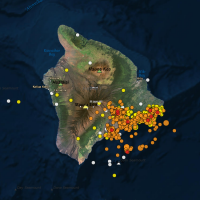
The tiltmeters indicated that pressure in the caldera and Puʻu Oʻo had been building steadily. At the same time the activity in the 61g lava had been waning. Where was the magma going?
While speculation was rife, no one really knew what was coming. Three decades of eruptions from Puʻu Oʻo has become somewhat routine. People forget that Kilauea can be, and usually is much more unpredictable. That destruction can appear anywhere on her flanks.

We worried about the homes in the neighborhood and the people we knew who lived in the area. We compared notes, recalling who lived exactly where, fearing the lava flows would quickly spread. This was looking like a worst case scenario, a repeat of 1955 with more people and homes in the way.
Despite the outbreaks of lava in the rift zone the previous afternoon, we expected a routine Friday atop Mauna Kea. I had a list of tasks to complete… Inspect the K1 azimuth wrap, drill some anchor points to allow installation of the new ice monitor receiver on the roof, look for some spare parts for an encoder.
It should be an easy day on the summit… It was not.
Friday became a day I will remember for a long time to come.
Dual Laser Milky Way Photo Op
The island is home to a vibrant community of photographers, a mix of professionals and serious amateurs. There is one set of photos everyone, and I do mean everyone wants… Dual lasers on the Milky Way.

Opportunities to see and photograph this are few, and occur strictly during the summer months of June to August, when the Milky Way is high overhead. furthermore, these opportunities occur only when Andre Ghez and her UCLA Galactic Center Group have both telescopes scheduled.
July 25th was such a night, a good opportunity to get both lasers. Andrea’s group has the first half of the night, turning over the ‘scopes to other astronomers just after midnight. Actually there were a few nights this particular week, we just chose the 25th. After this galactic center season is over, at least until next year.
Shooting Sidereal Timelapse
Another night on the summit for photography, another night of dual lasers working the sky above the Keck telescopes.
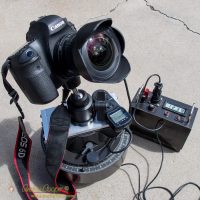
It works, and it works very well indeed.
The video below contains 2.5 hours of time-lapse at 15 second for each exposure for 557 frames. Put that together and render at 24fps and you have the following result…

